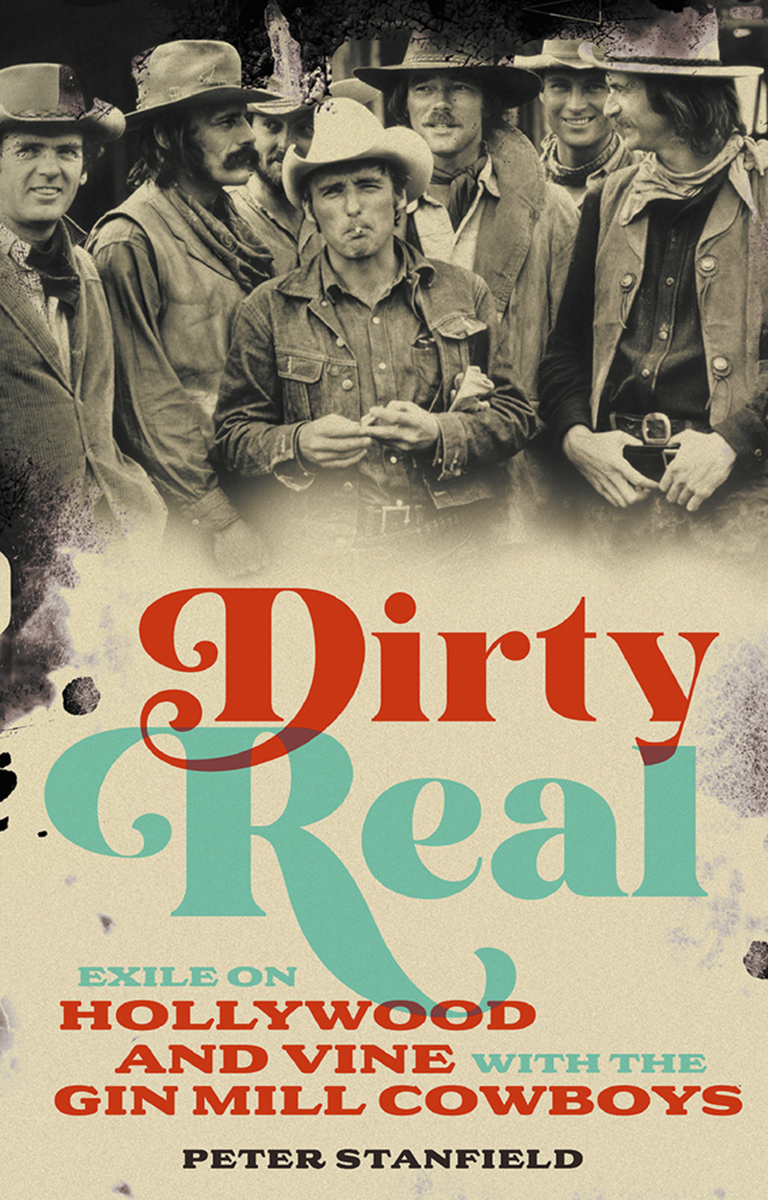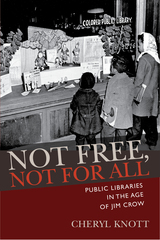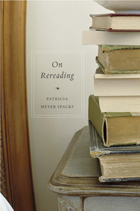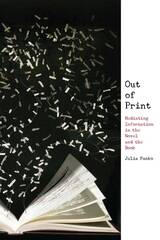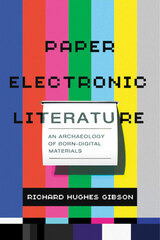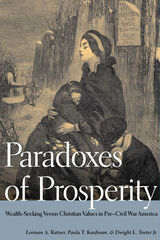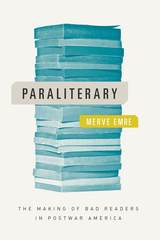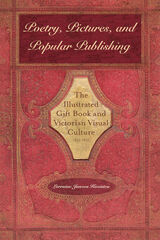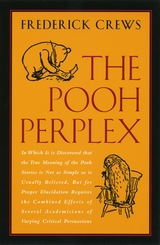Dirty Real: Exile on Hollywood and Vine with the Gin Mill Cowboys
Reaktion Books, 2024
Cloth: 978-1-78914-862-6 | eISBN: 978-1-78914-883-1
See other books on: Exile | Film | Hollywood | Stanfield, Peter | Vine
See other titles from Reaktion Books
Cloth: 978-1-78914-862-6 | eISBN: 978-1-78914-883-1
ABOUT THIS BOOK | AUTHOR BIOGRAPHY | REVIEWS | TOC | REQUEST ACCESSIBLE FILE
ABOUT THIS BOOK
The story of how the movies assumed a gritty facade in the name of authenticity, with working actors transforming into artists, poets, painters, troubadours, and filmmakers—both on- and off-screen.
This is the tale of how Hollywood, inspired by the success of Easy Rider, sold a cycle of films as the new dirty real. Dennis Hopper, Peter Fonda, Monte Hellman, Jack Nicholson, Kris Kristofferson, and Sam Peckinpah, among others, parlayed a nostalgia for the gutter and donned bohemian personae, pulling on soiled shirts and scuffed boots to better counter the glamour and phoniness of Tinseltown. The result was a generation of movies, including The Hired Hand, Five Easy Pieces, Two-Lane Blacktop, The Last Picture Show, and Pat Garrett and Billy the Kid. With great care for the historical record and displaying a refined critical acuity, Peter Stanfield captures that pivotal moment when Hollywood tried to sell a begrimed vision of itself to the world.
This is the tale of how Hollywood, inspired by the success of Easy Rider, sold a cycle of films as the new dirty real. Dennis Hopper, Peter Fonda, Monte Hellman, Jack Nicholson, Kris Kristofferson, and Sam Peckinpah, among others, parlayed a nostalgia for the gutter and donned bohemian personae, pulling on soiled shirts and scuffed boots to better counter the glamour and phoniness of Tinseltown. The result was a generation of movies, including The Hired Hand, Five Easy Pieces, Two-Lane Blacktop, The Last Picture Show, and Pat Garrett and Billy the Kid. With great care for the historical record and displaying a refined critical acuity, Peter Stanfield captures that pivotal moment when Hollywood tried to sell a begrimed vision of itself to the world.
See other books on: Exile | Film | Hollywood | Stanfield, Peter | Vine
See other titles from Reaktion Books
